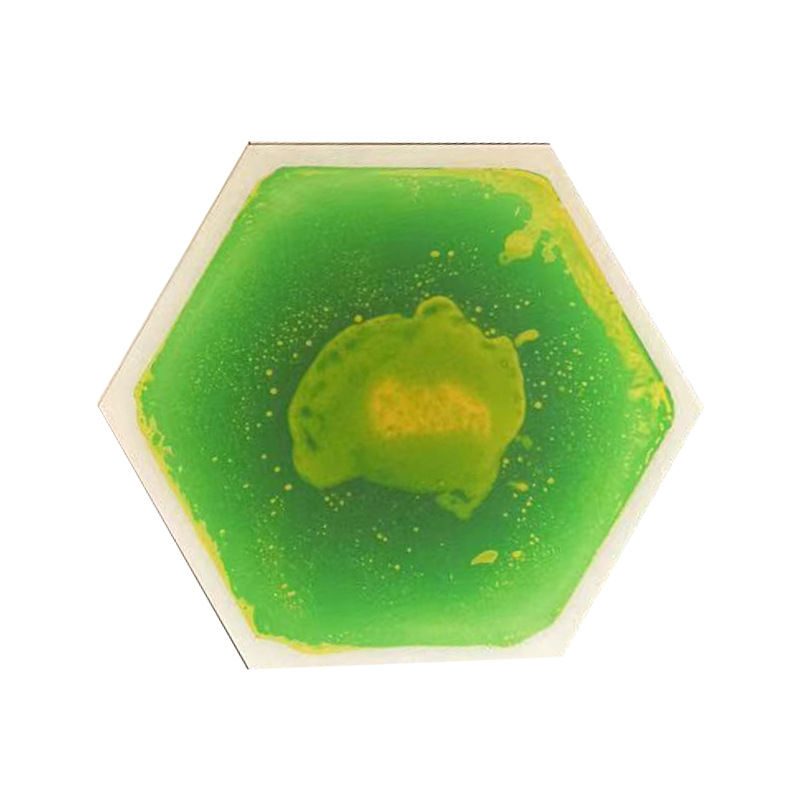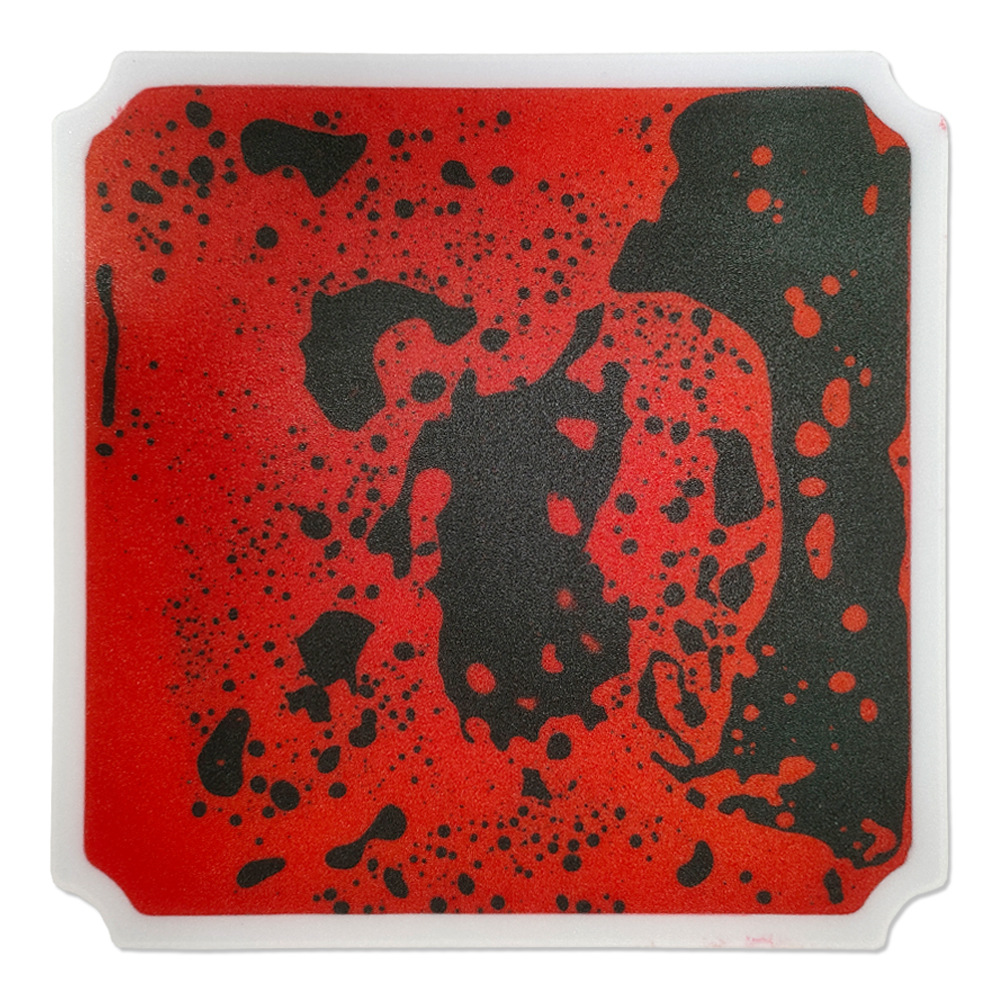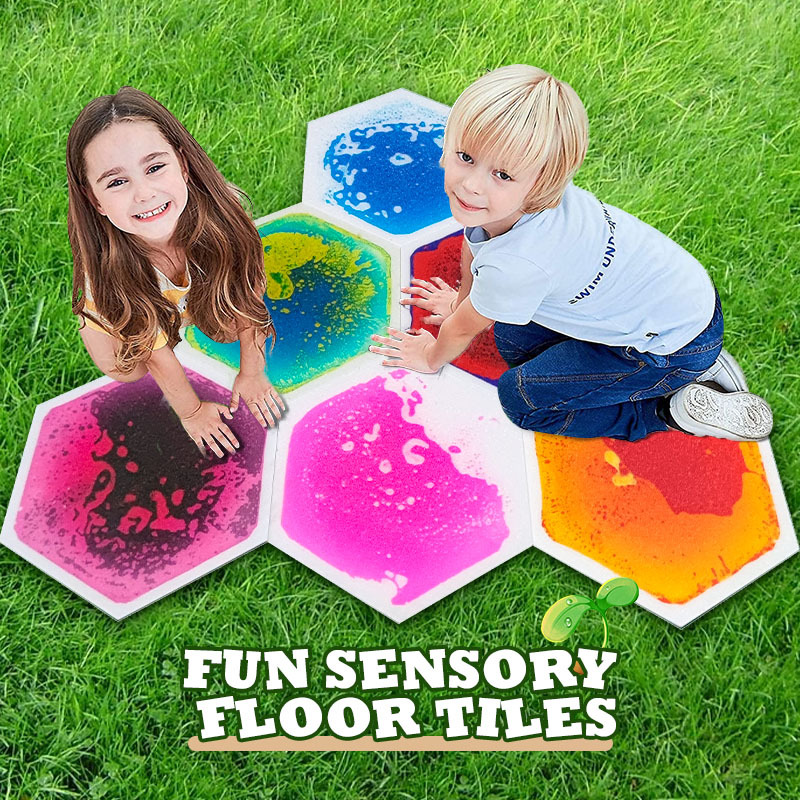Sensory floor tiles are a revolutionary innovation in the field of sensory integration therapy. Designed to provide a multi-sensory experience for individuals with sensory processing disorders, these tiles offer a range of benefits for users of all ages. By incorporating various textures, colors, and patterns, sensory floor tiles engage the senses and promote cognitive, motor, and emotional development. In this article, we will explore the concept of sensory floor tiles in more detail, discussing their benefits, applications, and potential impact on individuals with sensory processing disorders.
Benefits of Sensory Floor Tiles
Sensory floor tiles offer a wide range of benefits for individuals with sensory processing disorders. These tiles are designed to stimulate the senses through tactile, visual, and auditory feedback, helping individuals develop their sensory processing skills and improve their overall well-being. Some of the key benefits of sensory floor tiles include:
1. Sensory Stimulation: By providing a variety of textures, colors, and patterns, sensory floor tiles stimulate the senses and promote sensory exploration. This can help individuals with sensory processing disorders develop a greater awareness of their surroundings and improve their sensory processing skills.
2. Motor Development: Sensory floor tiles can also support motor development by encouraging movement and physical activity. The different textures and patterns of the tiles can provide tactile feedback, helping individuals improve their motor skills and coordination.
3. Emotional Regulation: Sensory floor tiles can help individuals regulate their emotions and reduce anxiety. The sensory input provided by the tiles can have a calming effect on the nervous system, helping individuals feel relaxed and focused
4. Cognitive Development: Sensory floor tiles can also support cognitive development by providing opportunities for learning and exploration. The tiles can be used to create interactive games and activities that promote problem-solving skills and creativity.

Applications of Sensory Floor Tiles
Sensory floor tiles have a wide range of applications in various settings, including schools, therapy centers, hospitals, and homes. These tiles can be used to create sensory rooms, sensory pathways, and sensory play areas that cater to the specific needs of individuals with sensory processing disorders. Some common applications of sensory floor tiles include:
1. Sensory Rooms: Sensory floor tiles can be used to create sensory rooms that offer a safe and stimulating environment for individuals with sensory processing disorders. These rooms may include a variety of sensory elements, such as lights, sounds, and textures, to provide a multi-sensory experience for users.
2. Sensory Pathways: Sensory floor tiles can also be used to create sensory pathways that encourage movement and exploration. These pathways may include different types of tiles that challenge individuals to navigate through various textures and patterns.
3. Sensory Play Areas: Sensory floor tiles can be incorporated into play areas to provide interactive and engaging sensory experiences for children. These play areas can help children develop their sensory processing skills while having fun and playing with others.
4. Therapy Settings: Sensory floor tiles are commonly used in therapy settings to support individuals with sensory processing disorders. These tiles can be used in conjunction with other therapy techniques to help individuals regulate their sensory experiences and improve their overall well-being.






Impact on Individuals with Sensory Processing Disorders
Sensory floor tiles have the potential to have a significant impact on individuals with sensory processing disorders. By providing a multi-sensory experience that engages the senses, these tiles can help individuals improve their sensory processing skills, regulate their emotions, and enhance their overall quality of life. Some potential impacts of sensory floor tiles on individuals with sensory processing disorders include:
1. Improved Sensory Processing: Sensory floor tiles can help individuals with sensory processing disorders improve their ability to process and respond to sensory information. By providing a variety of sensory stimuli, these tiles can help individuals develop their sensory processing skills and become more aware of their sensory preferences.
2. Enhanced Social Interaction: Sensory floor tiles can also enhance social interaction among individuals with sensory processing disorders. By creating a shared sensory experience, these tiles can help individuals connect with others and engage in meaningful interactions.
3. Increased Self-Regulation: Sensory floor tiles can support individuals with sensory processing disorders in self-regulating their emotions and behavior. The sensory input provided by the tiles can help individuals feel more grounded and in control of their sensory experiences.
4. Improved Quality of Life: Overall, sensory floor tiles have the potential to improve the quality of life for individuals with sensory processing disorders. By providing a positive and engaging sensory experience, these tiles can help individuals feel more confident, relaxed, and connected to their environment.






